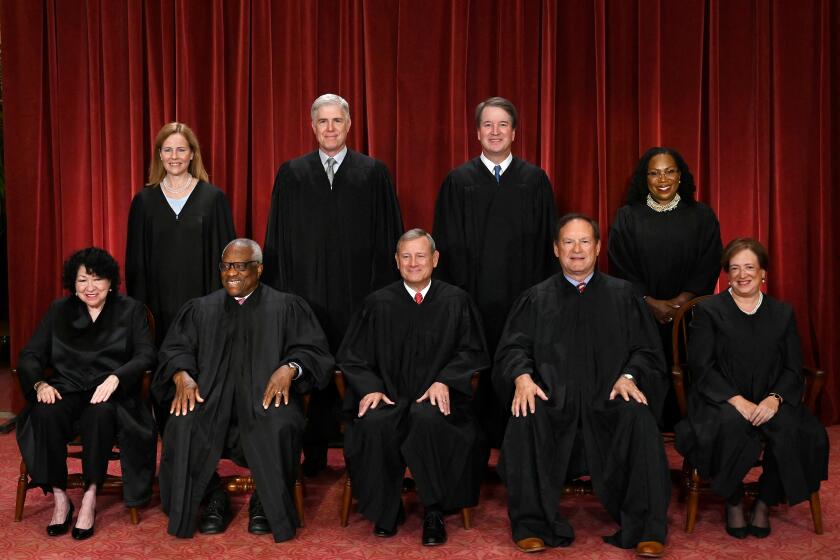Guantanamo’s Last Raft Refugees Leave for U.S.
- Share via
GUANTANAMO BAY NAVAL BASE, Cuba — Waving plastic American flags, the last Cubans held in refugee camps boarded a plane for Florida and freedom Wednesday, finishing a journey many had begun on rafts more than a year ago.
Some cried and others waved or thrust their arms in victory as they quietly boarded the jet, leaving behind the canvas and wood camps that once held 50,000 Cubans and Haitians desperate to flee to the United States.
The last Haitians left Nov. 1, and the departure of the last 127 Cubans from the camps ended a mammoth 18-month military operation on this U.S. naval base at Cuba’s southern tip. The overall cost: more than $250 million.
More than 8,400 military personnel managed the camps at their peak in fall 1994, trying to contain rising tensions that produced riots, lawsuits, violence and 60 suicide attempts. The frustration also produced art, poetry, friendships and at least three marriages.
Margarita Uria Sanchez had been picked by a lottery to be the last to leave, number 33,560. She turned and waved as she boarded the Miami Air charter.
“I’m proud because it’s the end of the exodus and I’m ending it all,” Uria said a few hours before leaving Camp Happy, the last remaining tent city. “Many people offered to change numbers with me, but I didn’t want to change my destiny.”
At first, the Clinton administration said they would not be allowed into the United States, period. The more than 29,000 rafters who fled Cuba for Florida in the summer of 1994 were ordered detained indefinitely at Guantanamo in hopes of ending the exodus before it grew to the size of the 1980 Mariel boat lift, in which 125,000 Cubans fled to Florida.
Clinton’s decision to detain the refugees reversed nearly 30 years of U.S. immigration policy toward Cuba and provoked sharp protest among Miami’s Cuban exiles.
Then, after most of the 21,000 Haitians at the base were returned to their homeland, Clinton announced May 2 that the Cubans would be granted asylum, conferring on them the status that previous Cuban exiles had received almost immediately upon arriving on U.S. soil.
The administration policy announced May 2 allowed for 20,000 Cubans a year to come to the United States through regular immigration channels in Havana, but ordered all Cuban rafters found at sea to be returned to Cuba.
More than 130 rafters picked up at sea since May 2 have been repatriated. An additional 22 refugees remain on the base, including a Jordanian, a Hungarian and two people from India. They made it to Guantanamo after May 2 and are in limbo, awaiting word from Washington on their fate.
U.S. officials consider these refugees separate from the Cubans who fled and they are held in a different area of the military base.
More to Read
Sign up for Essential California
The most important California stories and recommendations in your inbox every morning.
You may occasionally receive promotional content from the Los Angeles Times.












